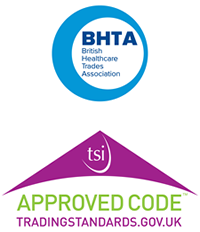At last a motion to make more bars wheelchair accessible. Although in recent years many public areas have become far more accessible for us wheelchair users, there has never been action planned for bars to be included in the list of public places that deserve better access for the disabled.
It is not only bars that ministers are being urged to include in this recent action. It is planned to make more shops and restaurants more wheelchair friendly also. Currently the law states that businesses such as shops, restaurants and bars must make “reasonable adjustments” to overcome barriers to access but there is little detail and not much in the way of actual stipulations.
Gordon Aikman, a motor neurone disease sufferer and campaigner and Sunday Times columnist, warned of a raft of “get-out clauses” including cost which some bar and restaurant owners and operators may use as a valid objection not to comply.
“How can it be right that we put a price on equal access? It is time we beefed up the legislation and demanded a higher standard,” he writes today. “Life on wheels means accepting limitations. I am now barred from thousands of places. Think about your favourite restaurant: could you get to the entrance, through the door and to a table in a wheelchair? Too often the answer is no.” Aikman.
Certainly in the South West there is a good percentage of wheelchair friendly shops, bars and restaurants but it would be good to see this percentage increased. Bars, it seems, are not the easiest of arenas to conquer with ease and traditional pubs are much the same. Often as not this is due to the nature of the building and the aged design making suitable conversion more complex and therefore more costly.
Let's hope this situation improves soon for all wheelchair users across the land.













